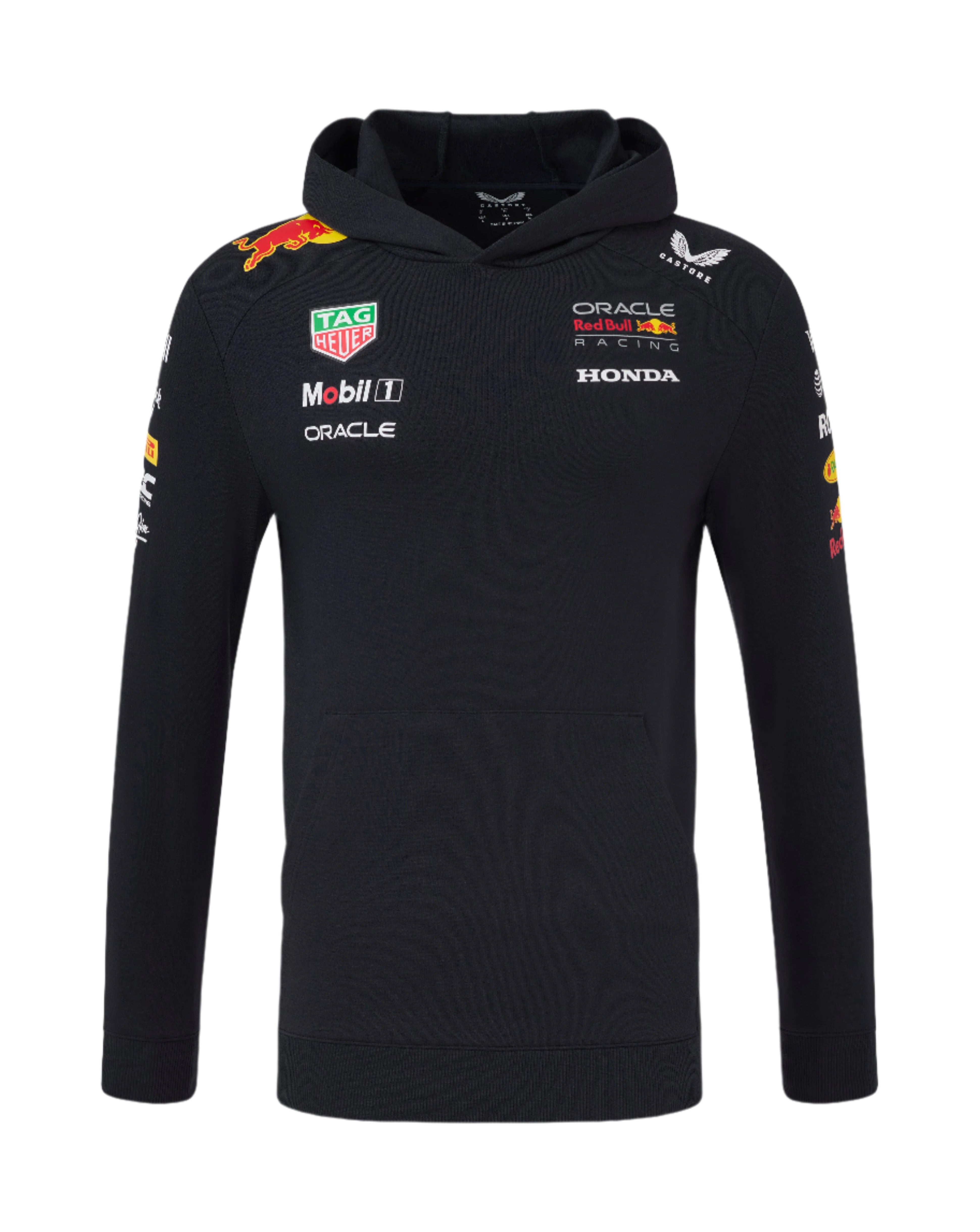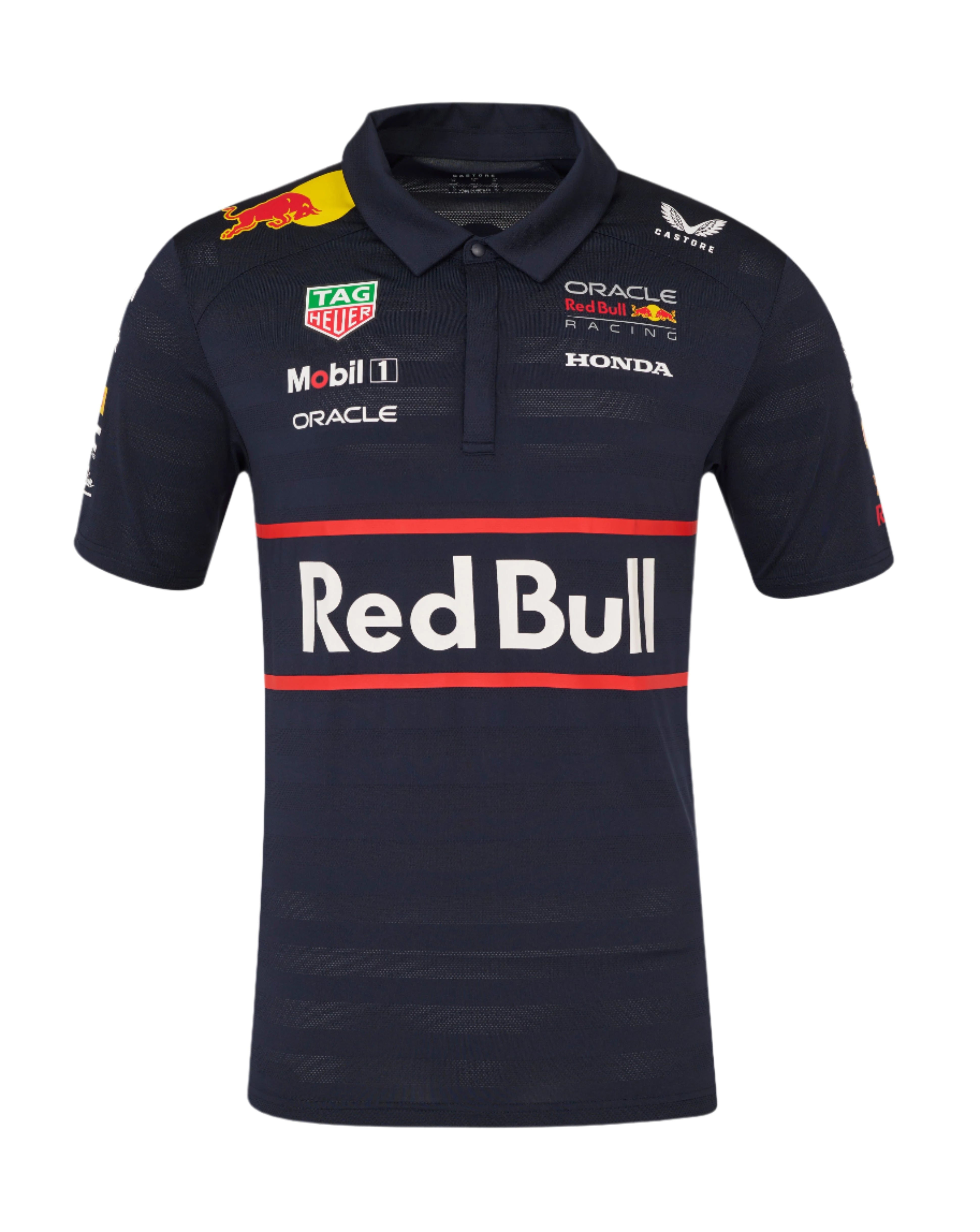Why Is The F1 Average Speed Faster For Some Cars?
Speed in Formula 1 is a relative comparison. You can go just as fast as you were the prior weekend, but if other teams are lapping faster, you are now, relatively, slower. There are also a few key things that affect Formula One speed that every team must consider to get the fastest car they can, but it really all comes down to money.

Light money on fire
The joke goes, “How do you make a small fortune in Formula 1? You start with a large fortune.” Teams will spend, on average, a mind-bending $10,000,000 to go one-tenth of a second faster. Christian Sylt of Formula Money has written extensively about the money in Formula 1 and broke down Red Bull’s junior team - Alpha Tauri (formerly Toro Rosso) in an article at Forbes. I also spoke to Christian to talk about the money in F1 earlier this year on the F1 Explained podcast.
Where does that money come from? There are four major sources:
Prize money
Teams compete for money. Teams are paid their prize money based on their place in the championship the prior year. Right now in 2020, teams are being paid for their placement in the 2019 season, for instance. Placing higher in the championship this season means more cash for next season. Money makes the wheels go round.
Sponsorships
Companies pay to have their logos on a Formula 1 car, where they will get TV coverage. That coverage is worth significant cash, and teams are always looking for new sponsors. “Title” sponsors pay the most for the right to have their company name incorporated into the team name. For instance, Petronas - the Malaysian oil company - pays Mercedes. That team is therefore known as the “Mercedes AMG Petronas Formula One Team.”

Auto Manufacturers
Some teams on the F1 grid have the backing of an automaker. Mercedes, Ferrari, Renault, and McLaren all make road cars. Having a commercially successful company behind you naturally gives you more funds to work with, and the prestige of a faster F1 average speed may help boost their road car sales.
Drivers
Believe it or not, some drivers pay money to teams so they may drive for them. We know this as a “pay driver” situation. Some pay drivers possess more money than talent, and some are actually skilled on the track. Because of the massive cash amount needed to take part in F1, lower ranked teams will frequently take money over talent so they may race and continue to exist. Drivers may also bring their own personal sponsorships to the team.
Cash secured!
Now you have a sizable pile of cash to set alight, you can pay for better staff. If you advance in the championship and have more prize money coming in, you will then attract and be able to afford top-tier drivers instead of up-and-comers. You also can afford better facilities and equipment.
What’s the difference?
The difference between the F1 average speed for a team like Mercedes at the sharp end of the grid and Williams at the back row is gigantic when it comes to budget. In 2019, it was estimated that Mercedes spent around $485,000,000. Williams spent approximately $132,000,000. This difference shows on the track.
Changes on the horizon
Formula 1 is in the process of change. From 2021, F1 teams will have their budgets limited to $145,000,000. This doesn’t include some very significant costs such as engines and driver salaries, but it’s a step in the right direction to level the playing field. I’m very curious to see if teams like Williams will be able to close the gap to the front-runners with the new cost caps.
About the Author:
Jared Nichols has been a Formula 1 fan for a decade and a car nut his entire life. He is the host of the F1 Explained podcast where he and special guests make Formula 1 accessible to all. Subscribe wherever you listen to podcasts.











